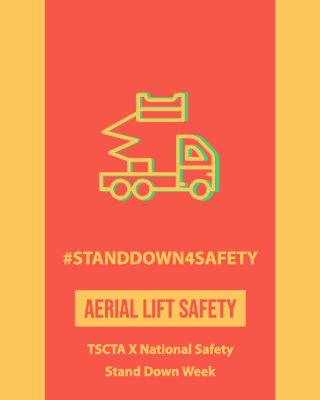As technological advancements have changed the construction industry for the better (and safer), aerial lifts have become a prominent feature of many worksites looking to provide their builders with the means to access difficult to reach areas of a given project. When coupled with the benefit of preventing workers from overly straining themselves physically — by providing an adjustable platform to maintain proper ergonomic consistency when performing their required tasks – it’s easy to see why they’ve become so prominent in the field.
However, these advantages do not exist in a vacuum and must be coupled with the risks inherent in working at height, something that only adequate training and proper preparation can prevent.
GET TRAINING
Most important in mitigating those concerns is proper training, not just because of the difficulties inherent in working at height, but the many different types of aerial lifts and the variances one may encounter between different lift manufacturers. As The Center for Construction Research and Training notes, the down lever for one lift may be the up lever on another, and when operating at such great heights, even the slightest sudden movement can have catastrophic consequences.
Which is why OSHA guidelines require that every lift operator be trained by a qualified person before even stepping on a lift to operate it. But, of course, this isn’t the only action required of someone before entering an operational lift.
BEFORE OPERATING AN AERIAL LIFT
After checking operating and emergency controls, the operator needs to confirm base controls are working so that someone on the ground can lower the lift if they are unable to work the controls because of an accident or mechanical failure. The operator will also need to look for potential hazards such as potholes, bumps, or debris when positioning the lift before escalation and, finally, set outriggers, brakes, and wheel chocks even if they are on a level surface.
All of the steps can help mitigate risk before the rise, but there are still some steps that ensure that even if an impossible-to-predict-or-prevent accident does happen, those operating the lift can remain safe.
WHILE OPERATING AN AERIAL LIFT
Most of these may seem routine, such as not climbing or leaning over guardrails and wearing full fall protection, but less obvious (albeit equally important) concerns such as not exceeding load limits and making sure lift-platform chains or doors are closed can be equally effective in preventing incidents and accidents from happening.
As is often the case, all aspects of accident prevention for a given situation working in concert is the best way to ensure the safety of workers on a worksite and that only becomes truer as technology pushes us ever higher into the sky.

